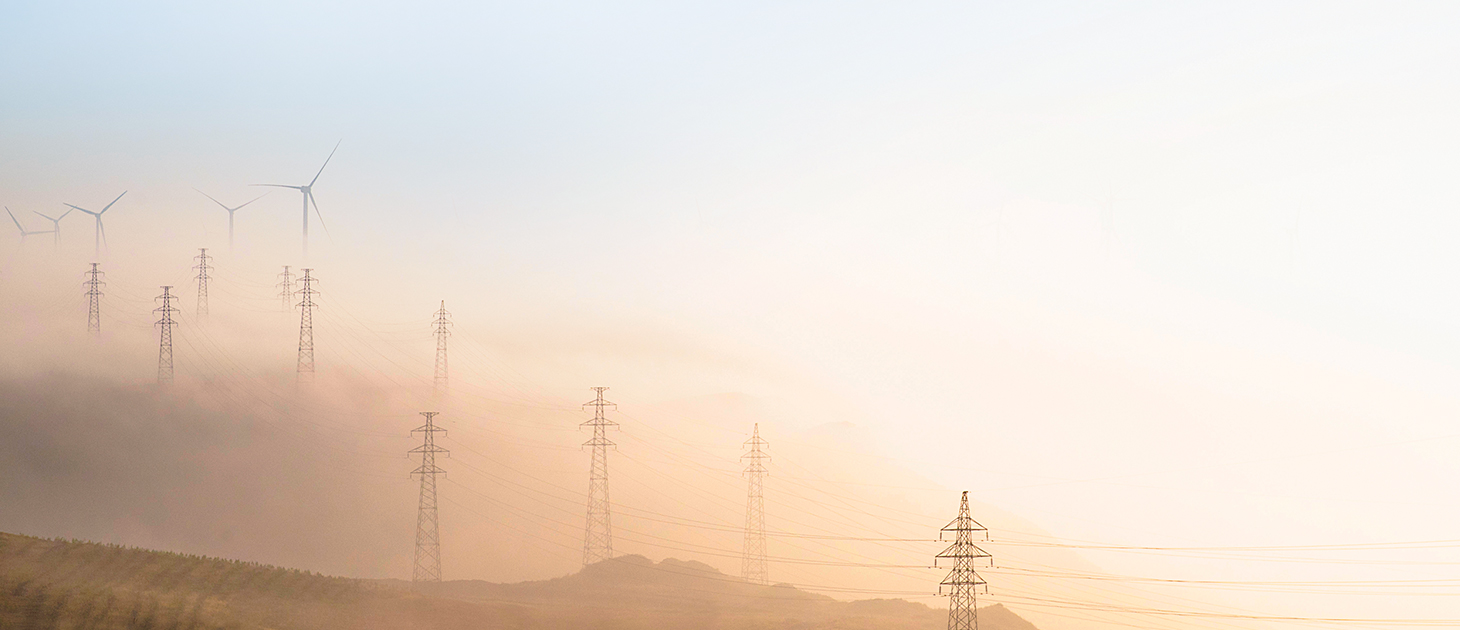It’s the Small Things: Trends in Energy
From solar and hydrogen to fusion, these trends could power the next surge of business activity in the energy industry.

This edition of “It’s the Small Things” originally appeared in the July/August 2020 issue of Middle Market Growth. Find it in the MMG archive.
1. A Breath of Fresh Air
One of the major barriers to a carbon-neutral electric grid is learning how to store energy created by solar and wind when the sun isn’t shining and the wind isn’t blowing. To overcome this problem, Toronto-based Hydrostor is planning to use excess electricity created by renewable energy sources to run compressors and trap the pressurized air in a container. To recover the energy, the trapped air is run through a turbine that generates power. The company has received late-stage venture capital backing from oil and gas equipment-maker Baker Hughes and is looking to scale up its technology. —Quartz
2. Policymakers Back Hydrogen
Hydrogen has long been touted as a clean alternative to fossil fuels. Now, as major economies prepare green investments to kickstart growth after the coronavirus shutdown, advocates see a chance to drag the niche energy source into the mainstream. Officials in the European Union are incorporating hydrogen power in their long-term plans to eliminate carbon emissions by 2050. —Reuters
3. COVID-19 Strikes Distributed Power Plans
Economists from The Brattle Group noted the monthly average electricity usage from major U.S. utility companies dropped 8.7% in March—due in large part to the coronavirus lockdown. As the appetite for electricity dims, so too may plans by states in the U.S. to shift power dependence from single-source energy producers like coal-fire, nuclear and hydroelectric to smaller, distributed producers like wind and solar farms. —Environmental + Energy Leader
4. Shielding New Power Tech
As electric power systems around the world increasingly embrace transformative concepts such as decentralization, automation and digitization, their efforts are also expanding the surface area for cyberattacks. According to a new report from Navigant Research, global smart grid cybersecurity spending is expected to grow from $1.8 billion in 2017 to nearly $3.2 billion in 2026. —Navigant Research
5. Oil Exporters Look to the Sun
Amid the rout in crude prices, some of the Middle East’s biggest oil producers are pushing into solar energy. Saudi Arabia, which currently has about 500 megawatts of renewables capacity, is targeting a 120-fold surge to 60 gigawatts by 2030, with most of it in solar. Private power developers, which can tap international funds at low interest rates, are helping to cut financing costs and lead to even cheaper power. —Bloomberg News
6. Reactor Gets Ready to Shine
Three decades and $23.7 billion later, the International Thermonuclear Experimental Reactor in France is close to harnessing the sun’s power here on Earth. With construction starting in 1988, the 25,000-ton fusion power reactor is set to be flipped on in 2025. If successful, the machine could lead to a clean-energy renaissance. —Wired
7. Electric SUVs Signal Electric’s Arrival
While electric cars have become commonplace on roads across the U.S., some say their arrival in the mainstream will be heralded by trucks and SUVs powered by electric batteries. Electric car brands like Tesla and Rivian are expected to release large vehicle models in 2021. Rivian has a deal with its investor Amazon to build 100,000 delivery vans through 2030. —The New York Times


